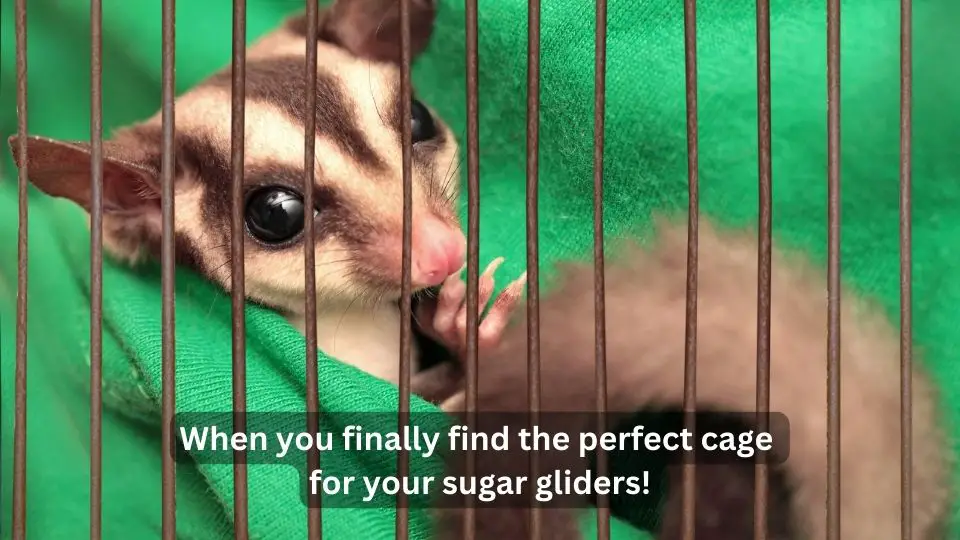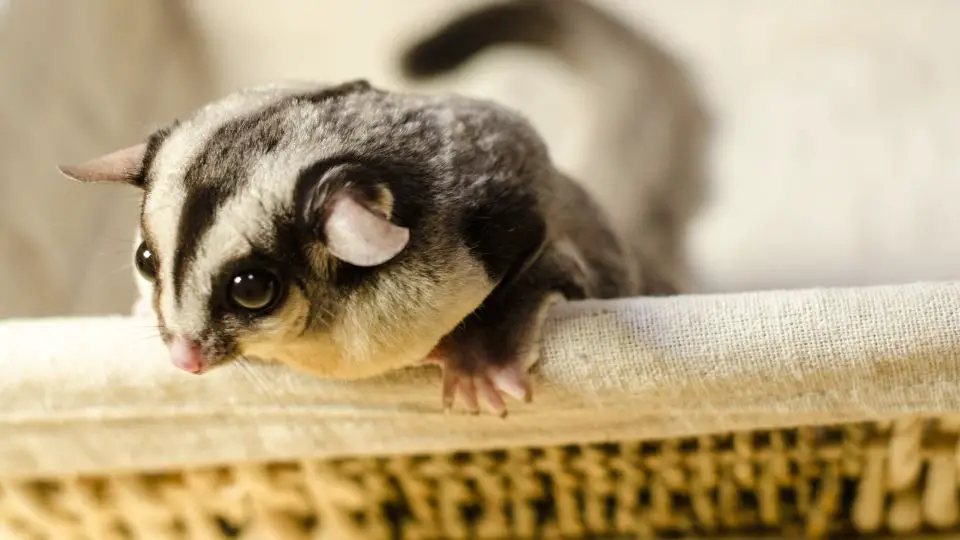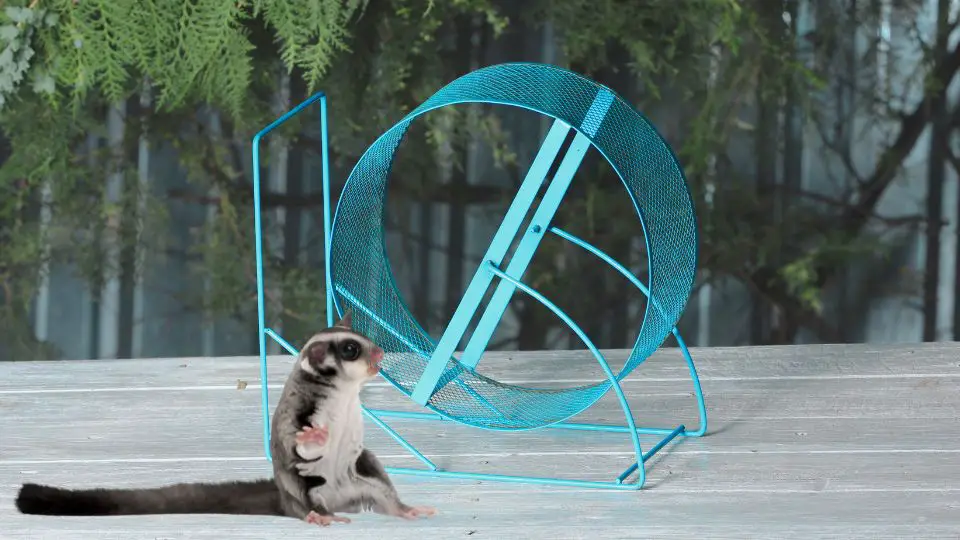Sugar Gliders are little marsupials that belong to the same broad family as kangaroos and koala bears, among other things. In their natural habitat, they are found in the rainforests of Australia and Indonesia. They have been domestically grown as home pets in the United States for the past 12 to 15 years.
Pet sugar gliders like jumping from their cages to their owners’ shoulders or onto a sofa, but are they able to fly? I’m sorry to disappoint you but no, sugar gliders do not fly.
They have a gliding membrane (similar to that of a flying squirrel) that extends from their wrists to their ankles, enabling them to glide – rather than fly – from one tree to another as they go from tree to tree.
How do they glide
When a sugar glider leaps to a tree, it stretches and spreads its legs out to flatten and stretch the connective patagium, creating an airfoil with its body. This aerodynamic force enables a sugar glider to adjust its speed and direction. It alters the airflow by moving its arms and legs, much like the wings of a bird or aircraft, but it does not flap its arms up and down to produce lift. This is why a sugar glider must depend on the height of a tree or the wind to go where it needs to go.
Patagium (plural: patagia) refers to the flexible, slightly elastic flap of skin between the front and rear legs. A human wingsuit is patterned after this particular patagium and allows people to glide through the air before releasing their parachute to safely land while skydiving or BASE jumping.
Patagium, unlike bird wings, does not allow a sugar glider to fly. Instead, it expands the sugar glider’s surface area, allowing it to glide through the air and from tree to tree in the wild. When sugar gliders and flying squirrels stretch their legs, a fur-covered portion of their skin spreads out.
Sugar gliders may fly over 50 meters (164 ft) from tree to tree in the Australian bush in search of food. They seldom leap to the ground to evade predators, although they may walk and crawl about if needed. As it glides through the canopy, the sugar glider flies about, without stopping very frequently. The sugar glider, in addition to being able to control its soaring, can also fly large distances while in the air. In a single bound, the sugar glider may go approximately 164 feet.
This incredible animal can not only soar through the air, jumping from tree to tree, but it can also guide where it flies. To travel in different directions, the sugar glider rotates its limbs and changes the tension of its membrane, occasionally utilizing its bushy tail as a rudder.
Do they need space to glide?
Sugar gliders may be seen in trees in temperate forests. They depend on luxuriant plant life to glide from surface to surface in comfort. It also aids in their camouflage, which allows them to avoid possible predators.
The higher and bigger the cage in captivity, the happier your sugar glider will be. You may riddle their cage with fun activities and toys, but don’t put too many obstacles in their way. Sugar gliders need an open room in which to glide and climb around their habitat.
Each enclosure must be at least 24″ wide, 24″ deep, and 36″ tall. They need to feel comfortable inside as well. These creatures thrive in environments with hammocks and hides.
You must make them feel as liberated as possible. As you can expect, being confined may lead to unhappiness and sorrow, particularly if they aren’t properly socializing with their own species.
Even if they were born in captivity, they may never completely adjust to life there. They can, however, socialize and connect with people to some extent.
Sugar gliders vs Flying Squirrels
These rodents, which share the same patagium as sugar gliders, are the North American equivalent of the cute Australian marsupials that we keep as pets. Many people mistake flying squirrels for sugar gliders and vice versa, although they are two distinct species.
The way flying squirrels and sugar gliders procreate is one of the most noticeable distinctions. The Sciuridae family includes flying squirrels, which are placental animals. This implies that their children are born from the mother’s uterus. Nutrition is delivered by a specific embryonic organ connected to the uterine wall. The placenta is responsible for this, thus the moniker – placental mammals. These animals have extended gestation periods and give birth to live babies after the embryo has completely matured.
Sugar gliders are marsupial mammals of the Petauridae family. This places the sugar glider closer to a kangaroo than a flying squirrel. Marsupials are pouched creatures that give live birth after only a few weeks of gestation. Newborns reside inside a pouch-like opening on the mother’s tummy and are fed through the mother’s nipples until they are entirely developed.
Marsupial mammals have a yolk-type placenta because they give birth so early. This yolk-type placenta cannot provide proper nourishment for a lengthy period of time (as in the case of placental animals).







